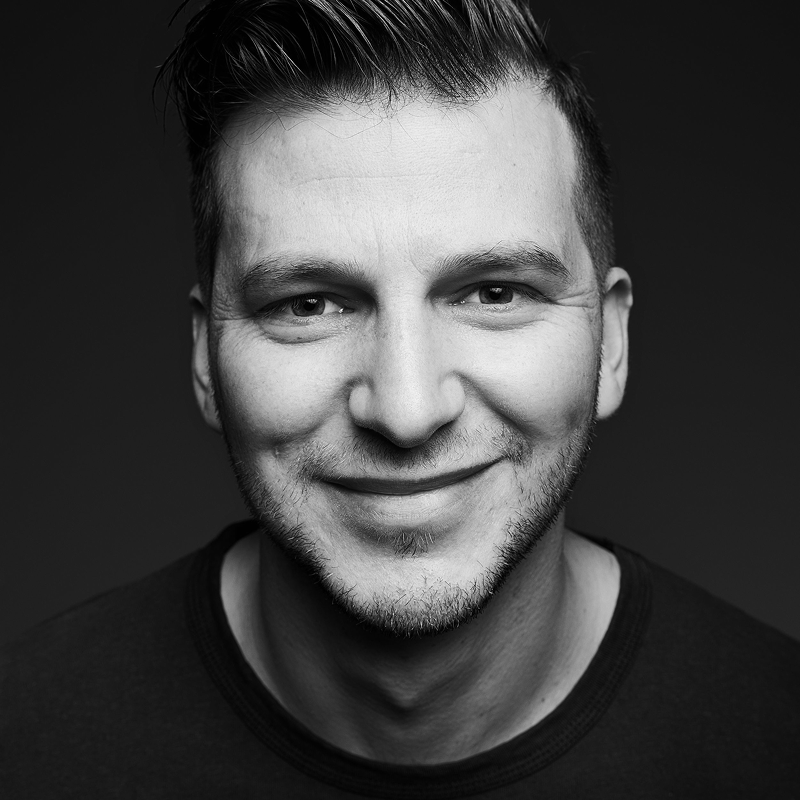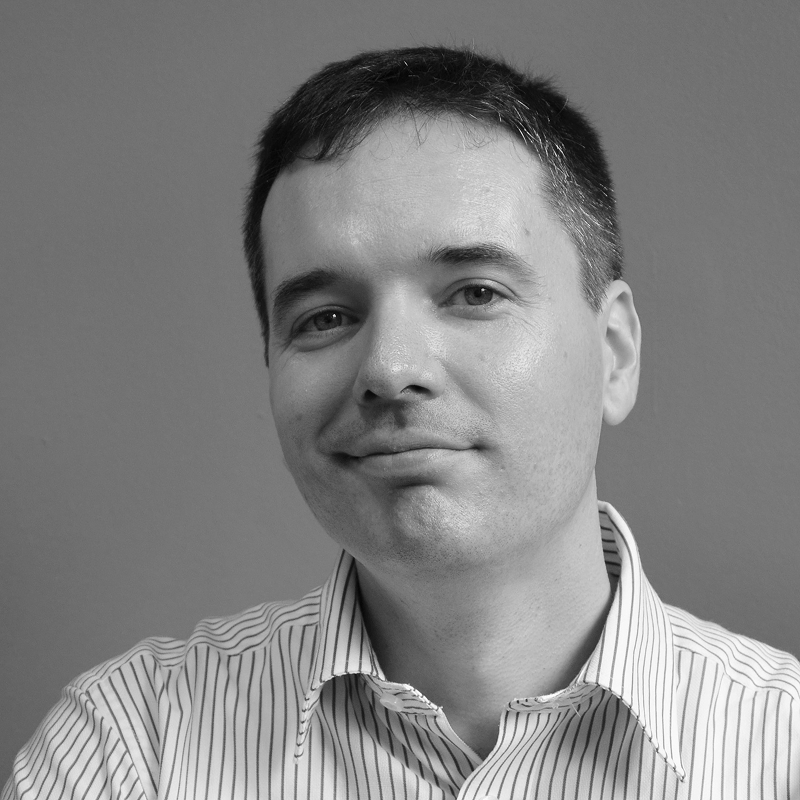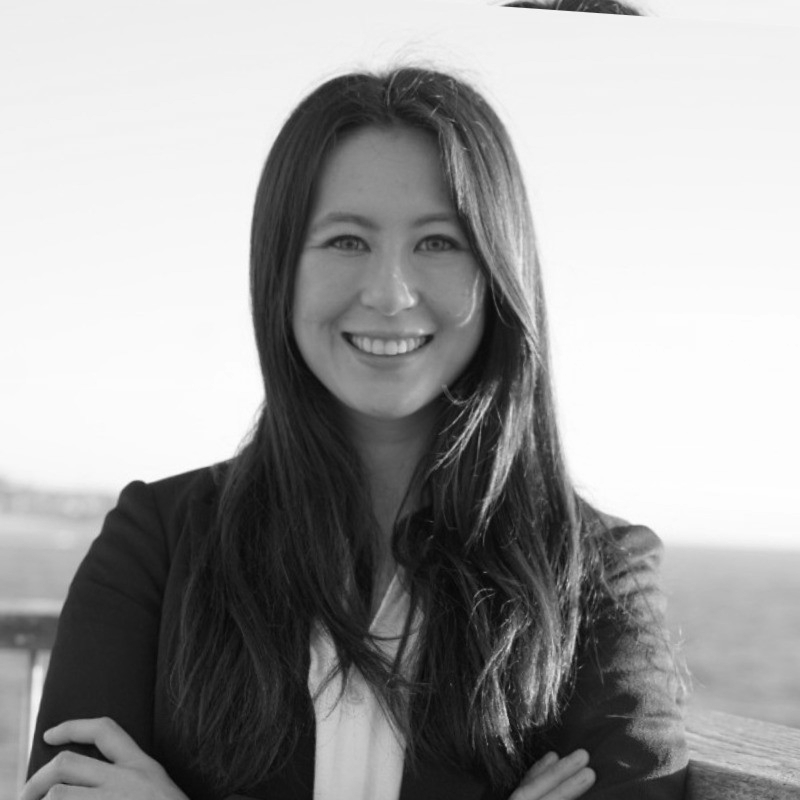Breaking into your field without experience can feel impossible, but this Asking For A Friend chat brings real hope and solid strategies. Organisational psychologist Ben Searle and creative leader Shane Geffen share thoughtful, evidence-based advice on how to find a job with little to no experience. From reframing your current skills and job crafting to building your own opportunities and showing authentic interest, this conversation gives emerging creatives actionable steps to take charge of their career journey — without losing their wellbeing along the way.
Starting out can feel like an impossible catch-22: you need experience to get a job, but you need a job to get experience. If you’re staring at job listings wondering how you’ll ever break through, you’re far from alone. This is one of the most common challenges facing emerging creatives — and the good news is, there are practical, human ways to build that experience and get your foot in the door, even when your CV feels a bit thin.
This conversation brings together insights from Ben Searle, an organisational psychologist with over two decades of research and practice under his belt (and a real focus on employee wellbeing and burnout), and Shane Geffen, Executive Creative Director at HERO/McCann Melbourne, who’s spent years hiring and mentoring fresh creative talent across agencies and continents. The discussion was hosted by Rebecca Jones-Bateman, Brand Manager at Bayer and Head of Community and Growth at Never Not Creative — she’s brilliant at holding space for these real, sometimes messy conversations that help the creative community thrive.
Ben reminds us that we often underestimate the value of what we’re already doing: "Look at any work that you're already doing and whether there are aspects of that that may be relevant to the job that you want and focus on building those skills further and documenting those skills."
His example about someone dismissing their KFC assistant manager role says it all. "Do you need to lead people in that role? Do you ever select people? Do you ever train people? Do you ever need to work on staff morale or deal with difficult customers? Because those are all skills that are fundamental to some of the things that she was aspiring to do, but she wrote that all off because it wasn't the sort of job that she wanted to be doing." It’s a good reminder: just because something doesn’t look shiny on paper doesn’t mean it’s not real, relevant experience.
If your work doesn’t quite line up with where you want to go, don’t just sit tight and hope. Ben suggests reshaping what’s already on your plate: "Explore how maybe you can make that a bit different. Whether you can adjust the work to be a little bit more like the job you want now. We call this job crafting."
Little tweaks can make a big difference: "Maybe you could offer to write the Department's newsletter, maybe you could offer to organize a planning day, do something that isn't currently part of your role but which might as well be done by you as by someone else."
This approach isn’t just a box-ticking exercise — it can make your current job feel more interesting, too. As Ben puts it: "it's not just a way of getting experience, it's a way of making your current job a better fit to your interests and your abilities. Often you can find a way of doing that which takes a load off someone else's shoulders, so you might find that someone owes you a favor out of that as well."
Sometimes you have to build the door yourself. Ben shares how the West Australia School of Performing Arts encouraged students to get scrappy and proactive: "They used to do this big thing of telling its students don't expect there to be any work. There isn't work for actors. What you need to do is go out and create work."
That could mean anything from pitching a pub quiz night to running after-school drama classes — you’d be surprised where these self-made gigs can lead. As Ben says: "Find something that isn't currently being done that you could do that isn't offered by someone else as a formal job but is work that someone might even be willing to pay you for."
And if you can’t get paid, don’t discount volunteering. "Offer to design posters for a community event, help with set design for a theater group, contact businesses who advertise in the local paper and suggest improvements in their advertising copy." Sometimes a bit of unpaid work now can lead to paid work later — or at the very least, it gives you proof of what you can do.
Shane knows first-hand how much it means when someone puts in that extra effort: "Research what type of role you want to get into and try and track down the people in those roles that you want to speak to. What is it that you can show them that shows how really interested you are in working in that field?"
He shares an example that stuck with him: "Coming up with a spec idea for a client that we have shows me their passion and their enthusiasm to work at this place. Even if we don't have a position for them now, maybe I know someone, one of my colleagues or ex-colleagues that might. If they've made a lasting impression on me, maybe I'll pass them on to someone else because I can't hire them right now but maybe I know someone that can." You never know where that spark of initiative might land.
Your work might get you in the door, but people help keep it open. Shane says: "A lot of opportunities arise from word of mouth as well, so the larger your network and the more you know, the larger it is, those opportunities happen more frequently."
The key here is to build real, human connections — not just LinkedIn stats. A chat over coffee or a thoughtful follow-up can lead to unexpected chances down the track.
Both Ben and Shane agree: don’t just sit there. Do something, even if it’s small. Ben’s advice is simple but powerful: "With any of these things, I guess the message is to try doing something rather than waiting around for the opportunity." Shane echoes this too — people notice when you take genuine initiative, even when there’s no job going right now.
It might feel like you’re at square one, but you’re probably not. Chances are, you’ve already got more to offer than you think — you just need to look at it with fresh eyes. Keep shaping your experience, seek out ways to get involved, and show real passion for where you want to be. Everyone has to start somewhere. It’s not about faking it till you make it, it’s about growing what you already have until someone can’t help but say yes.
If you’d like a bit more structured support for this wobbly first step into the creative industry, Never Not Finishing School might be your thing. It’s a 7-week online program designed to bridge the gap between creative study and working life — covering everything from how to talk about yourself and your work, to looking after your wellbeing while you find your feet. It’s run by industry pros and recent grads who’ve been right where you are. Learn more about Never Not Finishing School.
And if an internship feels like your best starting point, Never Not Creative has pulled together a practical guide for approaching businesses that aren’t actively advertising roles. It’ll help you figure out how to make it “harder for them to say no than to say yes” — with real-world tips for showing your value and getting your foot in the door. Download the internship guide.

Executive Creative Director at HERO/McCann Melbourne. Two continents, four cities, 150+ awards. Led work for McDonald’s, Coca-Cola, Sydney Opera House and the ADF. Inventive ideas, 4.89 Uber rating.

Organisational psychologist with 20+ years in wellbeing, burnout, stress and teamwork. Publishes, speaks, consults on culture and risk. Hosts Mind On The Job and is writing a book on burnout. Ask ChatGPT

Head of Community and Growth at Never Not Creative, focused on building a kinder, more sustainable industry. Leads Circles, a peer support group for honest conversations, and brings a strong mix of marketing know-how, empathy and community spirit.



